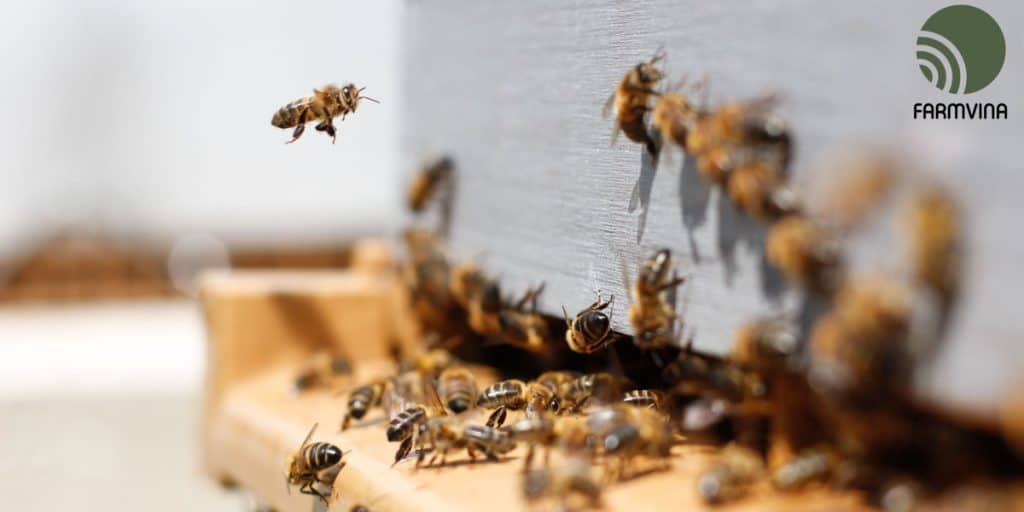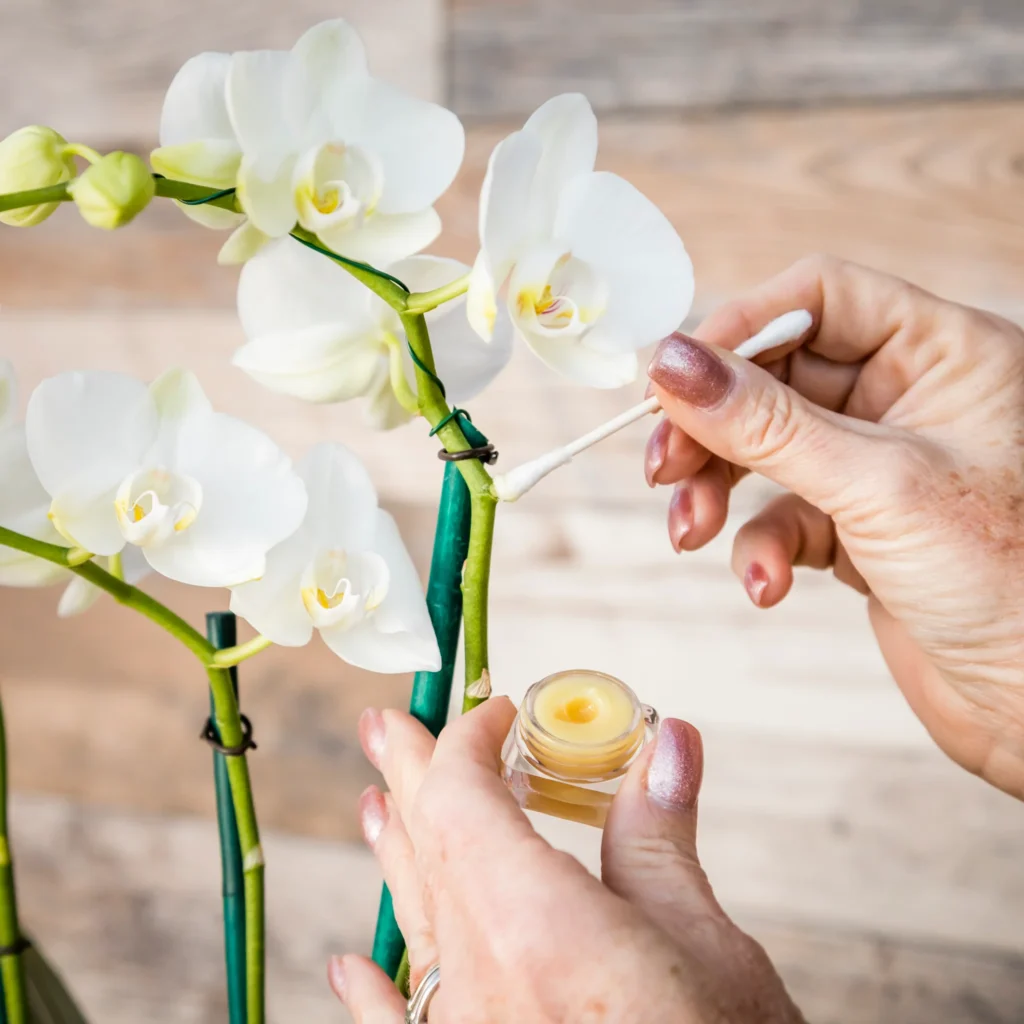Unlock the Charm of Nature with an Indoor Terrarium
As an enthusiast for all things green and vibrant, I’ve always been captivated by the enchanting world of the indoor terrarium. These miniature ecosystems are not only a feast for the eyes but also a source of tranquility and well-being. In this article, we’ll delve into the essence of indoor terrariums, their benefits, the best plants to choose, and how to create and maintain your own little oasis.
What is an Indoor Terrarium?

An indoor terrarium is essentially a miniature garden housed within a transparent container, such as glass. It’s a self-sustaining environment where plants and sometimes small creatures, like insects or snails, coexist in harmony. The beauty of an indoor terrarium lies in its ability to replicate nature’s cycles, with plants absorbing water from the soil and releasing moisture into the air, creating a small-scale water cycle within its walls.
These delightful displays can range from simple plant arrangements to intricate landscapes, encapsulating a slice of the great outdoors. Whether you’re a seasoned gardener or a budding green thumb, an indoor terrarium is a perfect way to bring a touch of nature into your living space.
Benefits of Having an Indoor Terrarium
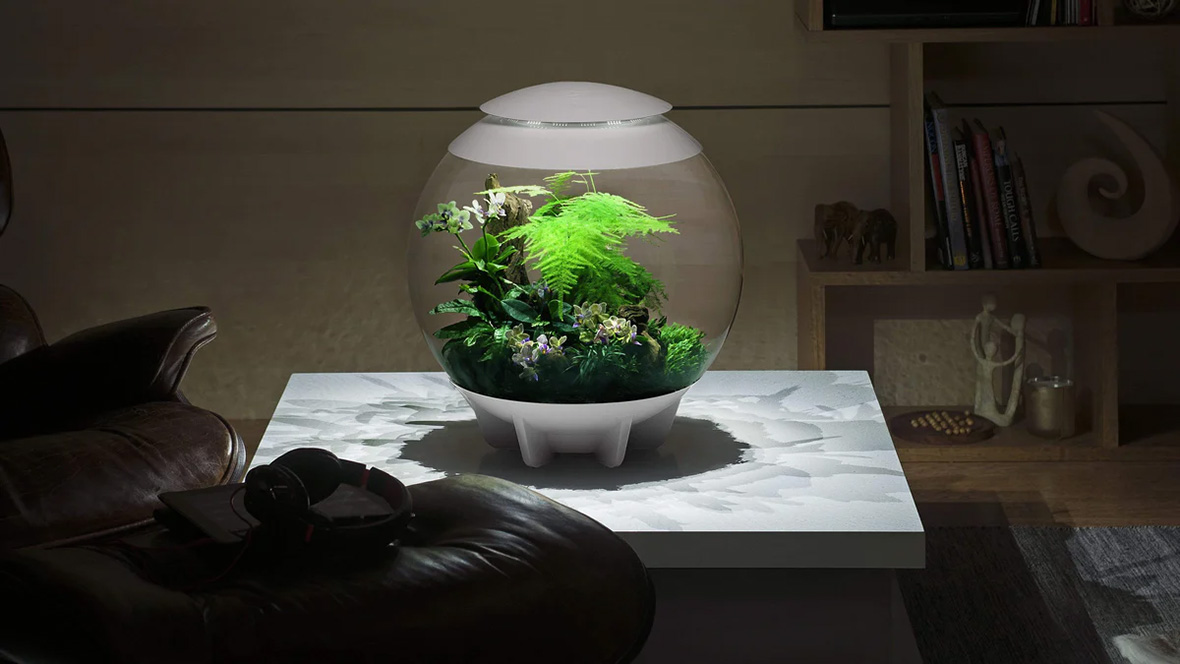
Adds Natural Beauty to Your Home
There’s no denying that an indoor terrarium can transform a room by adding a unique and natural aesthetic. The lush greenery and intricate design of a terrarium create a focal point that draws the eye and invites conversation. It’s a living piece of art that evolves over time, bringing a dynamic element to your home decor.
Promotes Relaxation and Stress Relief
Surrounding ourselves with greenery has a proven calming effect, and indoor terrariums are no exception. The act of tending to your terrarium can be a meditative practice, helping to ground you in the present moment. Watching the slow growth and subtle changes within your terrarium can provide a much-needed break from the hustle and bustle of daily life.
Improves Indoor Air Quality
Plants are natural air purifiers, and those within a terrarium are no different. They can help to remove toxins from the air and increase humidity levels, which is particularly beneficial during dry winter months. By incorporating an indoor terrarium into your space, you’re not only enhancing the visual appeal but also contributing to a healthier living environment.
Types of Plants for Indoor Terrariums
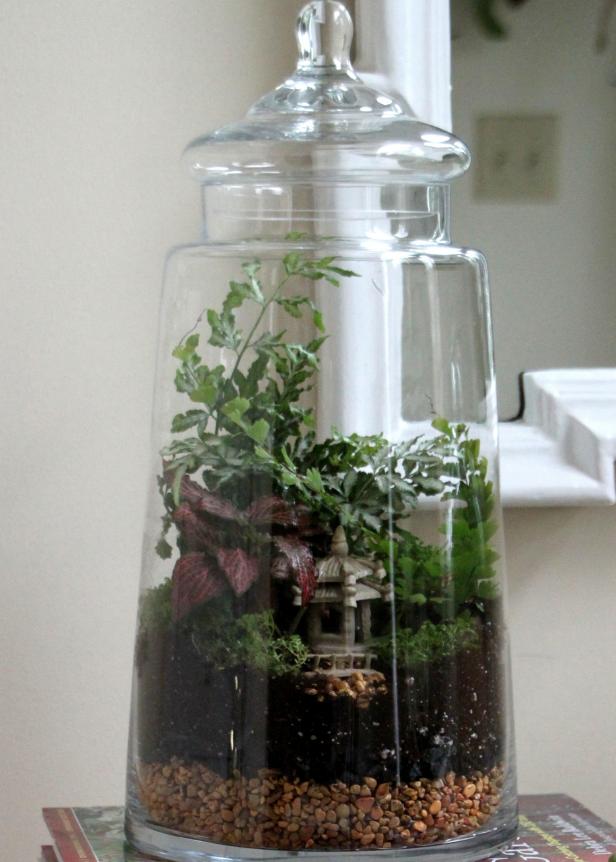
Succulents
Succulents are a popular choice for indoor terrariums due to their low maintenance and diverse range of shapes and colors. They thrive in well-drained soil and require minimal watering, making them ideal for those new to terrariums.
Air Plants
Air plants, or Tillandsias, are fascinating in that they don’t require soil to grow. They absorb moisture and nutrients through their leaves, making them a versatile option for terrariums. Their unique appearance adds an exotic touch to any arrangement.
Mosses
Mosses bring a lush, verdant feel to terrariums, creating a miniature forest floor. They thrive in humid conditions and can be used to cover the soil, giving a finished look to your indoor garden.
Ferns
Ferns are another excellent choice for terrariums, especially those with a closed design. They prefer indirect light and high humidity, which is naturally provided within the terrarium environment.
How to Create and Maintain an Indoor Terrarium
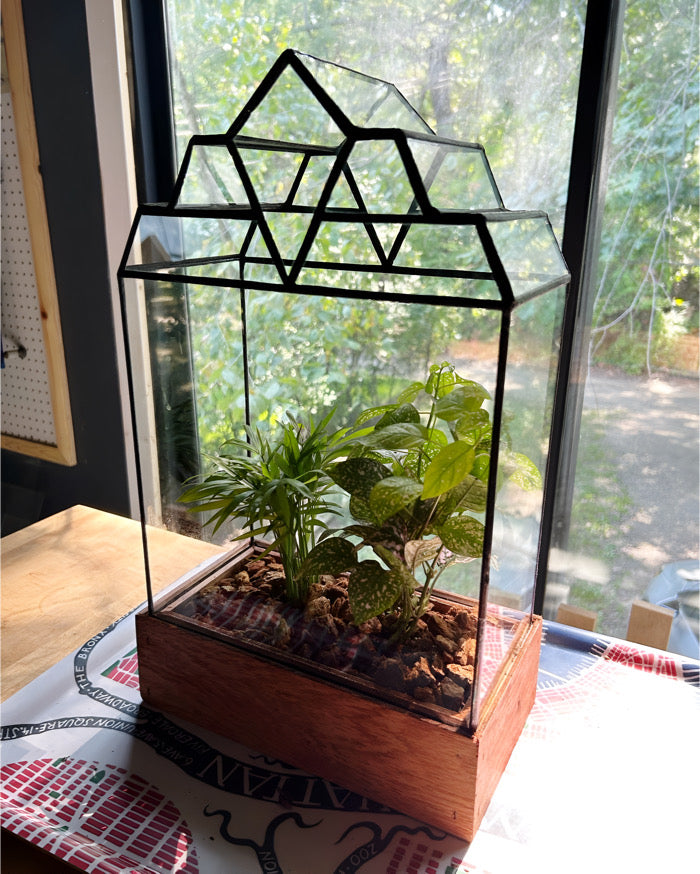
Choosing the Right Container
The first step in creating your indoor terrarium is selecting the right container. It should be transparent to allow for sufficient light and can be either open or closed, depending on the plants you choose. Consider the size and shape of the container to ensure it complements your space and accommodates your desired plants.
Layering the Terrarium
Layering is crucial for a healthy terrarium. Start with a layer of stones or pebbles for drainage, followed by activated charcoal to keep the water fresh. Next, add a layer of sphagnum moss to prevent soil from sifting down, and finally, top it with a good quality potting mix.
Watering and Light Requirements
Watering needs vary depending on the plants you’ve chosen, but as a general rule, terrariums require less water than traditional houseplants. Ensure your terrarium is placed in a location that receives adequate indirect light to keep your plants thriving without overheating them.
Maintenance Tips
Maintaining your indoor terrarium is relatively straightforward. Regularly check for overgrown plants and trim as necessary. Keep an eye out for any signs of disease or pests and address them promptly to prevent spread.
Popular Indoor Terrarium Designs
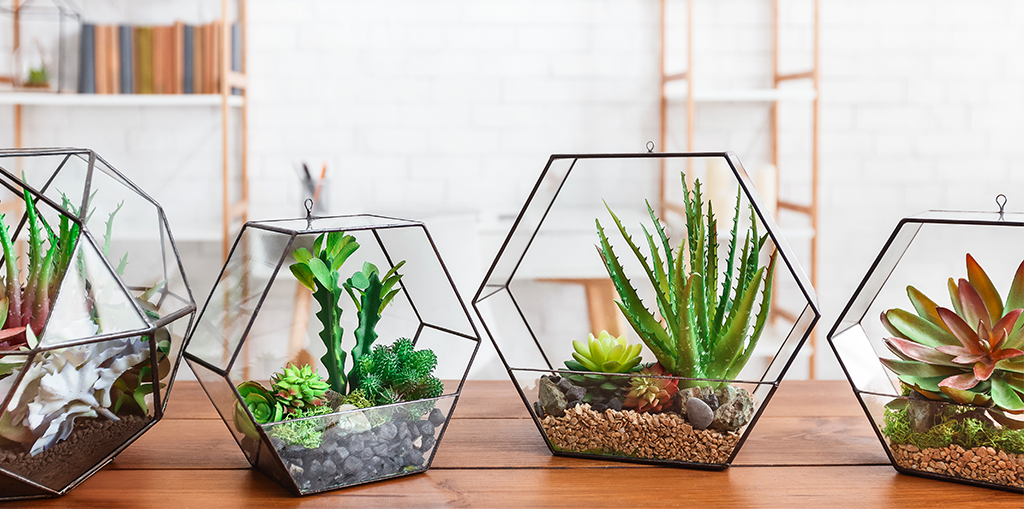 When it comes to designing your indoor terrarium, the possibilities are endless. Some popular themes include a desert oasis featuring various succulents and cacti, a tropical paradise with ferns and orchids, or a serene woodland scene with mosses and miniature trees. Let your creativity flow and design a terrarium that reflects your personal style and love for nature.
When it comes to designing your indoor terrarium, the possibilities are endless. Some popular themes include a desert oasis featuring various succulents and cacti, a tropical paradise with ferns and orchids, or a serene woodland scene with mosses and miniature trees. Let your creativity flow and design a terrarium that reflects your personal style and love for nature.
Conclusion

An indoor terrarium is more than just a decorative item; it’s a living, breathing ecosystem that brings a piece of the natural world into your home. It offers numerous benefits, from enhancing your decor to improving your mental and physical well-being. With the right plants and a little bit of care, you can create a stunning terrarium that will thrive for years to come. Embrace the joy of terrarium gardening and let your indoor space flourish!
FAQ
What do you need for an indoor terrarium?
WHAT YOU WILL NEED: 1. Container with no drainage holes. 2. Terrarium plants. 3. Sheet moss. 4. Gravel, sea glass, or beach stones. 5. Activated charcoal (found at a nursery or pet supply store) 6. Sterile potting mix without perlite or vermiculite. 7. A large spoon. 8. Spray bottle.
How do you start an indoor terrarium?
SETTING UP YOUR TERRARIUM: 1. In your clean and dry container, layer up your pebbles to about 2-3cm. 2. Next add the charcoal. 3. Layer on the potting soil. 4. Your biggest plant goes in first. 5. Place in other stones, or maybe some moss or sand to cover up the soil if you want to. 6. Put in any finishing touches.
What is an indoor terrarium called?
Also known as: glass garden, vivarium, wardian case. terrarium, enclosure with glass sides, and sometimes a glass top, arranged for keeping plants or terrestrial or semi-terrestrial animals indoors.
Originally posted 2023-11-15 11:38:35.


